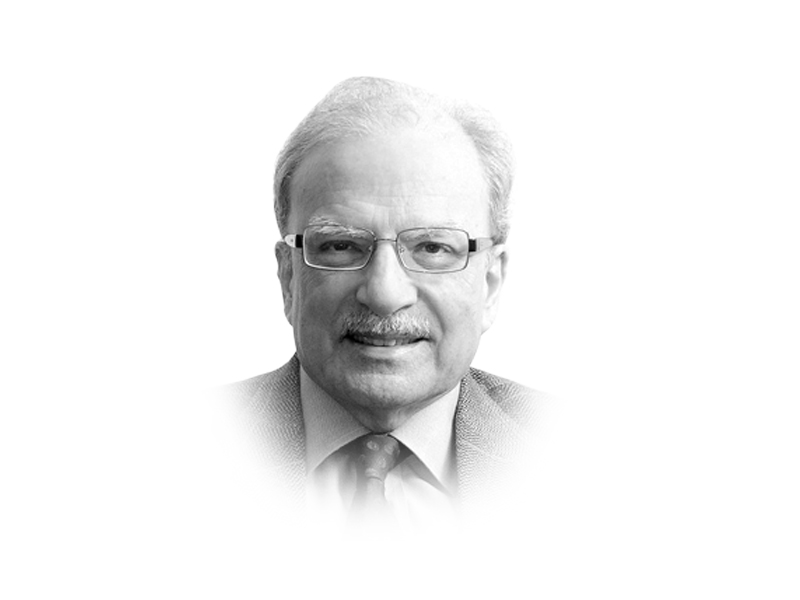
The meeting was held over two days. President Nursultan Nazarbayev, the head of the Kazakhstan state, was to conclude the meeting. He has already served as president for 24 years, having taken office after Moscow vacated the area. In 1991, the Soviet Union collapsed and several of its constituent states were allowed to become independent. Kazakhstan was one of them and the way it has conducted itself, it has acquired a status in international affairs that is much larger than could be justified by its small population. Its presence on the world stage is largely the work of President Nazarbayev.
From the sites we were shown in the city, it was clear that he was a highly revered figure. His dominance of the country’s political landscape was similar to what had occurred in the other ‘Stans’, the five Central Asian countries that had become independent after the collapse of the Soviet Union. But in his case, his popularity seemed to be genuine. He seemed to have served the country and its citizens well. Other ‘Stans’ have not been efficiently or competently led by the leaders who had assumed power after the departure of Moscow. However, the president couldn’t attend the conference and was replaced by his prime minister and foreign minister.
Following the events in Ukraine and Syria, the Kazakhs are worried about the way Russia under Vladimir Putin has begun to reach out and exert its influence. It is not only doing this in the countries that were once parts of the Soviet Union. Moscow also seems prepared to move in the geographic space where Washington, under President Barack Obama, is too afraid to tread. This projection of power worries the Kazakhs. It is interesting that the Kazakhstan government was present in the Astana Club meeting at the highest level whereas all other countries were represented by academics who did not (in fact, could not) speak for their governments.
For the leadership of Astana Club, Eurasia did not include the Middle East, certainly not South Asia. I kept reminding the meeting that the number of people living in South Asia was almost as many as those in Eurasia. Also, the South Asian population was very young and therefore could influence the globe in several different ways.
There was a great deal of discussion of the China-sponsored Silk Road project but the discussion centred around the part that passes through the territory defined as Eurasia. In one of my interventions, I made the point that by developing the concept of Eurasia, those who were behind it were in fact fracturing the world rather than unifying it. This is certainly not what Beijing wants. Under its powerful president, the country is actively engaged in translating its economic strength into visible military muscle. The Chinese will not want to divide the world into several segments. That would confine their influence to defined geographic space. In fact, what they want to do is to knit at least all of Asia into one geographical whole. That is how I read the meaning of the massive and expensive Silk Road programme.
Published in The Express Tribune, November 16th, 2015.
Like Opinion & Editorial on Facebook, follow @ETOpEd on Twitter to receive all updates on all our daily pieces.



























1714024018-0/ModiLara-(1)1714024018-0-270x192.webp)









COMMENTS (8)
Comments are moderated and generally will be posted if they are on-topic and not abusive.
For more information, please see our Comments FAQ